Kamarul Ariffin Noordin
Energy-Efficient Tethered UAV Deployment in B5G for Smart Environments and Disaster Recovery
Jul 17, 2021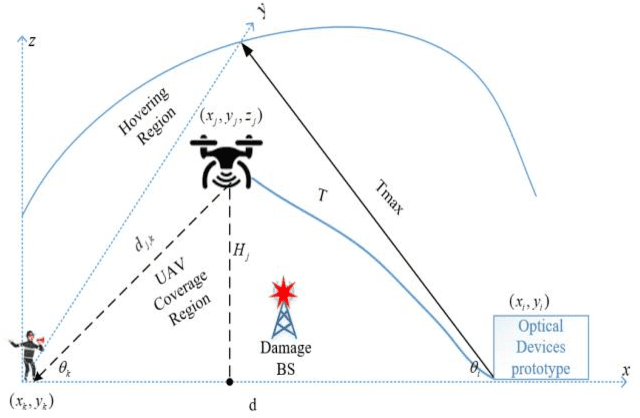

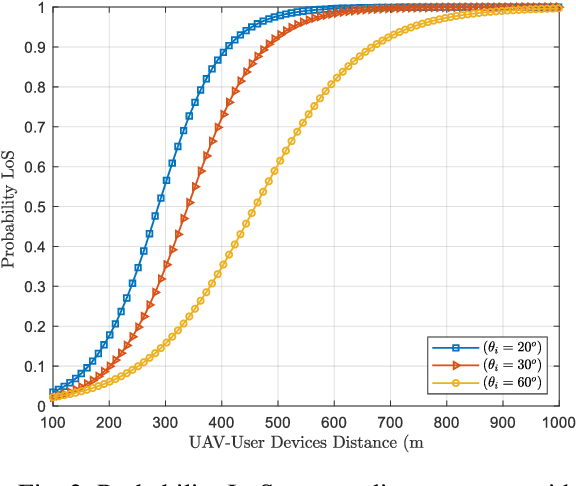
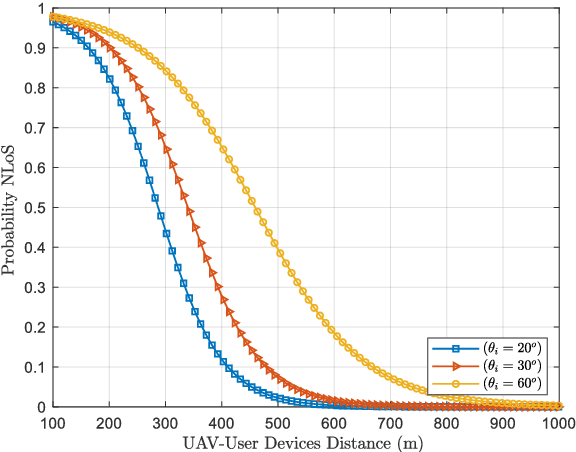
Abstract:Due to Unmanned aerial vehicles (UAVs) limitations in processing power and battery lifetime. The tethered UAV (TUAV) offers an attractive approach to answer these shortcomings. Since a tethered connected to UAV is one potential energy solution to provide a stable power supply that connects to the ground would achieve impressive performances in smart environments and disaster recovery. The proposed solution is intended to provide stable energy and increase the coverage area of TUAV for smart environments and disaster recovery. This paper proposed that the tethered connected to UAV will provide the continuous supply and exchange the data with ground terminals. Besides the adjustable tether length, elevation angels act to increase the hovering region, leading to the scalability of coverage in many applications. Moreover, the power consumption and transmission the distance while achieving a trade-off between the hovering and coverage probabilities. The simulation results demonstrate efficient performance in terms of line-of-sight probability, path loss, and coverage probability for scalability coverage smart environments and disaster recovery scenarios. Furthermore, maximum coverage probability is achieved versus increased tethered length because of the gain and fly over a region of maximum tethered.
Unmanned Aerial Vehicle and Optimal Relay for Extending Coverage in Post-Disaster Scenarios
Apr 13, 2021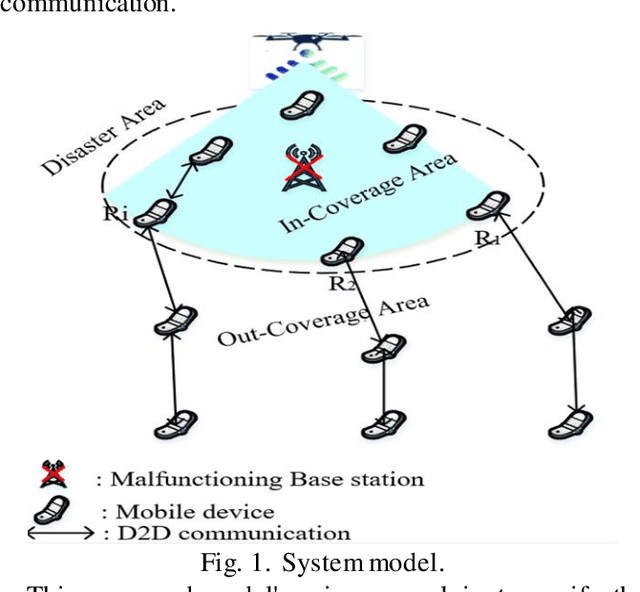
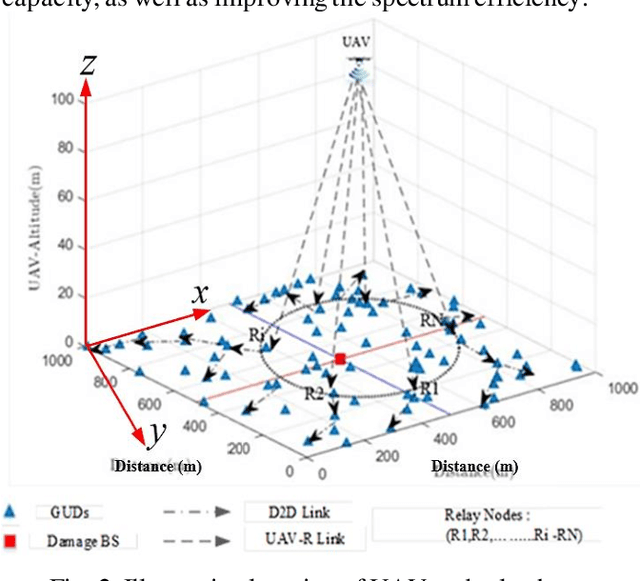
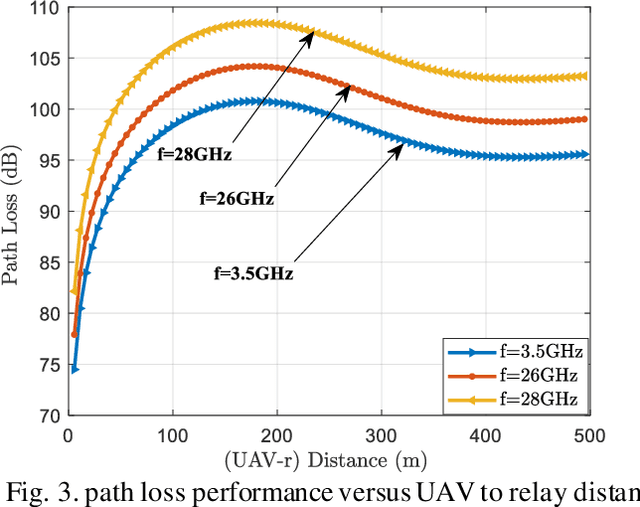
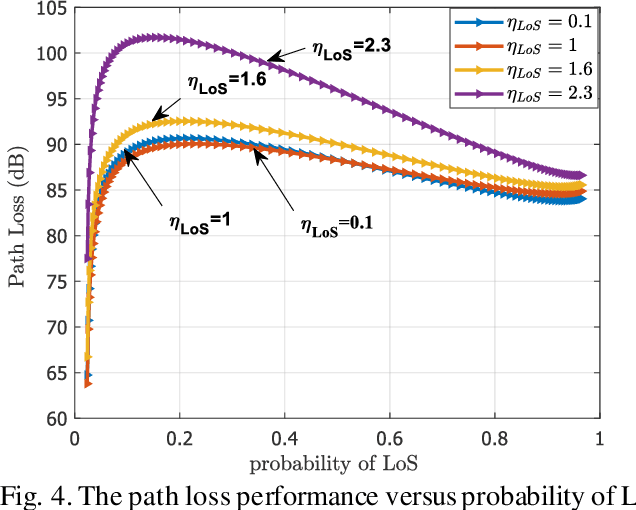
Abstract:The malfunction or interruption of wireless coverage services has been shown to increase the mortality rate during natural disasters. Wireless coverage by an unmanned aerial vehicle (UAV) provides network coverage to ground user devices during and post-disaster events. The relay hops receive wireless coverage and can be forwarded to user devices that are out of coverage allowing reliable connectivity for large-scale user devices. This work evaluates the optimal relay hops performance to improve wireless coverage services and establish connectivity in post-disaster scenarios. The results demonstrate the UAV line of sights understanding to select an optimal relay for improving wireless coverage services. The path loss probability and system capacity were all affected by the user device distance and relay densities. The optimal relay hop distance and the UAV positions static are also investigated to improve coverage likelihood which could be especially useful for UAV deployment design. It is found that the dense relays node in UAV systems enhances the capacity coverage area and energy efficiency by decentralized connectivity through a multihop device to device wireless network.
 Add to Chrome
Add to Chrome Add to Firefox
Add to Firefox Add to Edge
Add to Edge